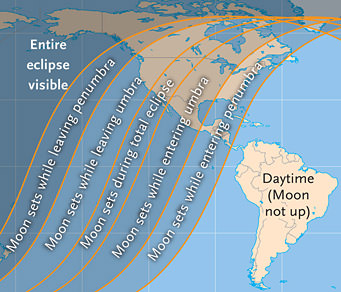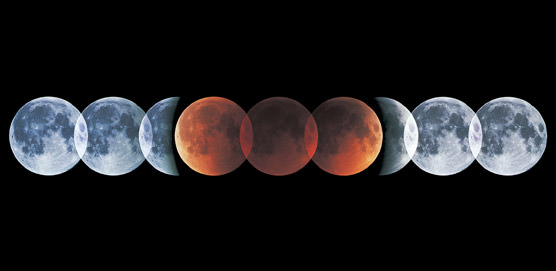[/caption]
Are you ready for some good, old-fashioned observing fun? Although you might not want to get up early, it’s going to be worth your time. This Saturday, December 10, 2011, marks the last total lunar eclipse event for the western portion of the Americas until 2014. While a solar eclipse event has a very small footprint where it is visible, a lunar eclipse has a wide and wonderful path that encompasses a huge amount of viewers. “We’re all looking at this together,” says Sky & Telescope senior editor Alan MacRobert.

When exactly does the event begin? The lunar eclipse will be total from 6:05 to 6:57 a.m. Pacific Standard Time. The partial stage of the eclipse begins more than an hour earlier, at 4:45 a.m. PST. Be sure to watch the southern lunar edge, too. Because the Moon will be skimming by the southern edge of the Earth’s shadow, it will remain slightly brighter and add to the dimensional effect you’ll see. Enjoy the coppery colors from the refracted sunlight! The Moon won’t be black – but it will most certainly be a very photogenic experience.
“That red light on the Moon during a lunar eclipse comes from all the sunrises and sunsets around the Earth at the time,” explains Sky & Telescope editor in chief Robert Naeye. “If you were an astronaut standing on the Moon and looking up, the whole picture would be clear. The Sun would be covered up by a dark Earth that was ringed all around with a thin, brilliant band of sunset- and sunrise-colored light — bright enough to dimly illuminate the lunar landscape around you.”
May clear skies be yours!
Original News Source: Sky and Telescope News Release. Image Credits: Sky and Telescope.

